Hamstring Pain: Cause, Symptoms, Treatment, Exercise
Hamstring pain is most common symptoms of overuse pain and spasm of Hamstring muscles which are located at the back side of the thigh.
- If you feel Aches & pains on the back of the legs are a sign of a hamstring pain or injury.
- The Hamstring muscle is a group of muscles which is located on the back of the thighs.
- The most common injury in the hamstring muscle is Strain & this injury occurs mostly in people who play sports like basketball, soccer, sprinting, or track.
- Hamstring muscles are very susceptible to injury, mostly in athletes who are doing to run & sprint.
- When the Sudden stopping, slowing down & changing direction puts the hamstrings muscle in a lot of strain.
- Extending the leg during running is also overstretch these muscles
- Mild hamstring muscle injuries respond when the patient is doing well to rest, take to over-the-counter = OTC medications, & use ice, but in the more severe cases, it takes to months to heal.
- in severe cases contact to doctor & physiotherapist for the exercise.
Table of Contents
What are Hamstring muscles?

- Hamstring muscles are part of the skeletal muscles.
- These muscles are voluntary means a person controls the muscle move & work.
- The human body has three hamstring muscles that lie at the back of the thigh.
- These muscles are used to walk, climb stairs, squatting & perform many other leg movements.
- The function of these hamstring muscles is to flex the knee, extend the thigh at the hip joint & rotate the lower leg from side to side when the knee joint is bent.
- In the hamstrings muscle three muscles are included:
- Biceps femoris = This muscle is closest to the outside of the body.
- Semimembranosus,= This muscle is closest to the middle of the body.
- Semitendinosus= This muscle is between the semimembranous & the biceps femoris.
What are the contents of the Hamstring muscles?
- Contain the hamstring muscles are thousands of tiny & elastic muscle fibers.
- These muscle fibers of the hamstring muscle help the muscles contract/tighten.
- These Muscle fibers are red & white.
- So, this hamstring muscle might be looked at striated (striped) which is seen under the skin.
What are the Causes of the Hamstring muscle pain?
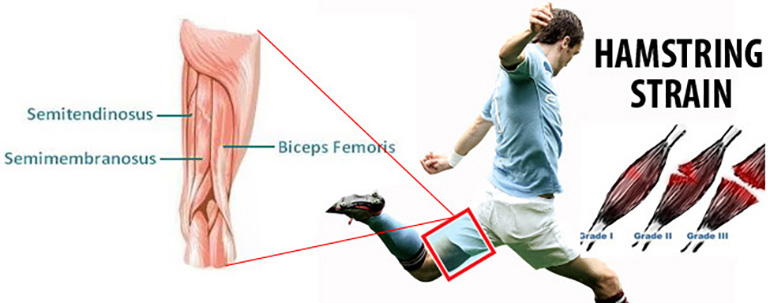
- The main cause of the injury to the hamstring muscle is overload.
- Hamstring Strains & tears happen when the hamstring muscle is lengthening & contracts/shortens.
- This muscle also happens when the muscle is stretched too far / is taxed too suddenly.
- When the patient sprint, for example, the hamstring muscles contracts repeatedly as the leg lengthens with the stride.
- All these muscles of lengthening &loading create a perfect environment for the injury.
- Patient feel anything from the sudden pain to a popping / snapping feeling in the leg.
- The hamstring muscle feels too tender & might even see the bruising at the site of the injury.
Most of the several risk factors for the Hamstring pain:
- Exercising use of muscle with the tight muscles.
- Athletes have to particularly to tight muscles which is more likely to experience injury.
- Imbalances in the muscle, where certain muscles are stronger than the others.
- Poor conditioning of this muscle
- If the muscles are weak, they will be less able to deal with the demands of certain sports/exercises.
- Fatigue in the muscles, because tired muscles don’t absorb as much energy.
- Hamstring muscle strain is commonly seen in people who participate in the following activities:
- Basketball
- Dancing
- Football
- Tennis
- Running and sprinting
- Soccer
- Other track to events
- Older athletes who walk as the primary form of exercise are at higher risk.
- So are adolescents whose bodies are still growing.
- Muscles & bones are don’t necessarily grow at the same rate.
- Means that any force/stress to the muscles, such as jump/impact & leaves them vulnerable to tearing.
Pain relief of the Hamstring muscle pain:

- For pain relief use the first RICE principle.
- RICE principle
- R – Rest.= Avoid doing activities which are aggravating the injury of muscle.
- This means do the total rest or even use the crutches & another mobility aid.
- I = Ice = with the help of a cold pack & apply it for 15 to 20 minutes every 2 to 3 hours throughout the day.
- The patient also even uses the like as frozen peas which are wrapped in a light towel & Don’t apply ice directly to the skin.
- C – Compression = Consider bandaging the thigh with an elastic wrap to limit the swelling & movement.
- E – Elevation= Try to keep the leg propped up onto the pillow to limit the swelling.
- Pain medications = OTC is helping to discomfort with the hamstring injury.
- Oral NSAIDs = non-steroidal anti-inflammatory drugs such as ibuprofen/another OTC pain medication to acetaminophen Tylenol, which is good for short-term relief.
- Topical NSAID = non-steroidal anti-inflammatory drugs applied to creams/gels are also helped to ease the pain.
- If the patient feels injured severely it is a good idea to see the doctor before use of self-medicating.
- Another option for pain relief involves using a foam roller which is applied to myofascial release. the roller is just above the back of the knee joint & rolls upward in the direction of the blood flow of the body to massage the hamstring muscles.
- Professional sports massager also helps in the hamstring muscle pain.
- Many hamstring muscle pain responds to home treatment & healing within a few days.
- If the pain is not going away & the pain is become too worse, at that time good idea is to call the doctor to set up an appointment. In severe cases, your hamstring injury of muscle requires surgery & several months of rest & physical therapy.
- Depending on the severity, the doctor gives important tips on how long to should rest/what exercises help in the prevention of future injuries.
- The doctor is also referred to the physical therapist for the work of any muscle imbalances which is contributing to the injuries.
What is the Treatment & recovery of hamstring muscle pain?

- Recovery of hamstring muscle depends on the causes of the hamstring pain.
- In the overload & stretching, it is recovered in sometimes.
- In the strain it is depending on the degree; mild /grade 1 strain heals are easily within a few days.
- A complete tear /grade 3 strain is taken to several months to get better.
- In some cases, the doctor is asked to wear a splint in the immobilization therapy.
- This splint keeps the leg in a neutral position, so the patient is in full rest & heal.
- Physiotherapy (PT) is another option that helps in the healing of the swelling.
- for the swelling applied in the ultrasound & massage in the physiotherapy.
- In Physiotherapy, apply different exercises to build up the muscles, ROM =range of motion, flexibility & strength.
- For the ROM applied to active & active assisted exercise of pain-free & for the strength applied to strengthening exercise.
- In some cases need to surgery to stitch the muscle back in the place if the experienced tendon avulsion.
- An avulsion injury occurs when the tendon tears away from the bone, pulling the bone along with it.
- Once the use of the crutches/brace for some time before the beginning of the PT physiotherapy program.
- This recovery from surgery takes anywhere from three to six months.
Prevention of the hamstring muscle pain:
- Not all hamstring muscle pain is prevented.
- Which patient is in the higher risk group, like the older adult /an adolescent who is experienced as to the sudden impact which is causing the injury.
- Take the regular stretching & strengthening exercises which are helpful in the lower risk of hamstring pain.
- Ask the doctor/coach to suggest the specific exercises that work best for the particular activity.
- There are present of some general prevention tips:
- Always do the Warm-up before working out or playing the sports, & do the cool down afterward.
- Do the Exercise regularly to maintain cardiovascular & muscular fitness.
- Spend time in the stretching & strengthening exercise of the muscles in the weekly exercise of routine.
- Doing the exercise which helps prevent muscular imbalances which are the cause of injury.
- Sometimes Take to days off or do the easy exercise between to when they do particularly hard of to physical sessions this method is to give the body adequate rest.
- Mostly the Hamstring pain is uncomfortable & sideline which is to from of the favorite sports & other activities.
- Most of the cases of pain relief ease up in a few days.
- This pain is relieved With some REST principle = rest, ice, compression & elevation which is applied in the back on the feet in no time.
- Do the contact or call to doctor when the patient feels the hamstring pain & injury is more serious.
- So that after treatment return to the normal activity.
Chronic hamstring pain:
- Chronic hamstring pain means the patient feels the same as muscle pain in weeks or months.
- At to Urgently base Orthopedic doctor, pain management specialist, &musculoskeletal regenerative medicine physician which helps the patient recover & manage the chronic hamstring problems.
Who is prone to chronic hamstring pain?
- Runners, athletes & weekend warriors who play to sports which feature to sudden stops & starts like to tennis, soccer/basketball in the prone to hamstring muscle injuries.
- The hamstring muscles are run from to hip joint below to the knee joint at the back of the thigh.
- In this sports activity always applied in the strain in the hamstring muscle when applied to overload & stretch too far.
- The patient is also experiencing hamstring tendon injury which is the tendon attaches the thigh muscles to the bone.
- On an Urgently basis, doctors do simply stretch the hamstring muscle but if they do not relieve the pain they need surgery. Most of the chronic hamstring pain is healed with time & without surgery.
- To prevent further injury, always note & observe the symptoms every day.
What is Treatment for chronic hamstring pain?
To Reduce the inflammation:
- Follow the RICE principle after the musculoskeletal injury: rest, ice, compression & elevation.
- Use the ice packs if the swelling is present.
- Resting the injury is essential as soon as to feel symptoms so don’t cause further tissue damage.
- Use an elastic wrap to reduce swelling.
- Use heat for the damaged muscles;
For the pain relief:
- Use the topical creams to help in reducing inflammation & control pain.
- Don’t use the pain medication for long periods because their side effects are causes serious health complications.
- Do the pain-free stretching & strengthening exercises
- So that contact physiotherapy for the exercise & stretching & repeat this exercise 3 times per day.
Cross-train exercise:
- After the healing stage does the, cross-train exercise with the low-impact exercise like swimming. but always wait for healing time.
Injections:
- If the hamstring pain is not improved, the doctor is advised for the steroid injection.
- Alternately, the doctor is provided with platelet-rich plasma = PRP injection.
- PRP = platelet-rich plasma injections are used own as the blood platelets in the high amount of concentrated.
- The platelets contain are rich nutrients which is rush to the site of the inflammation & help to heal faster.
- The goal of This regenerative medicine approach is to apply traction in treating musculoskeletal injuries & shows the promise in hamstring muscle tendinopathy
Needle tenotomy:
- When the problem presents in the tendon, do the needle tenotomy which is a minimally invasive treatment, often which is helps the intransigent hamstring tendinopathy.
- In the needle tenotomy physician creates a small wound with the help of a needle in the tendon, bringing to new platelets & so that nutrient is rich in the blood of the damaged tissue.

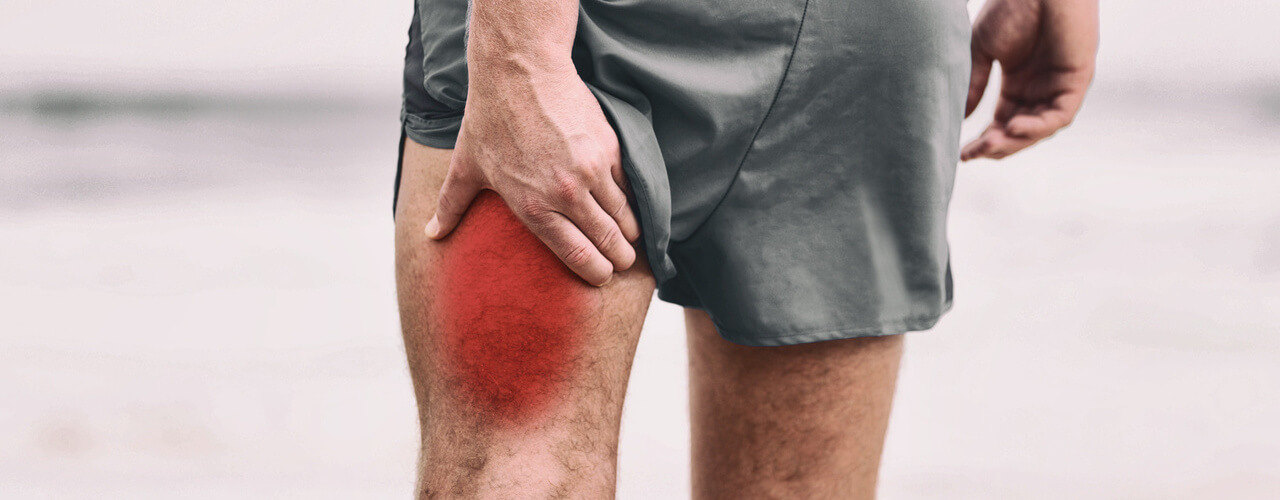

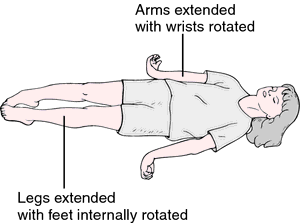
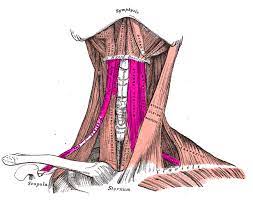

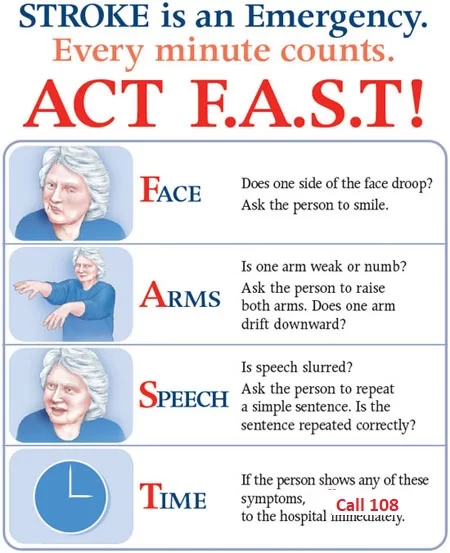
One Comment